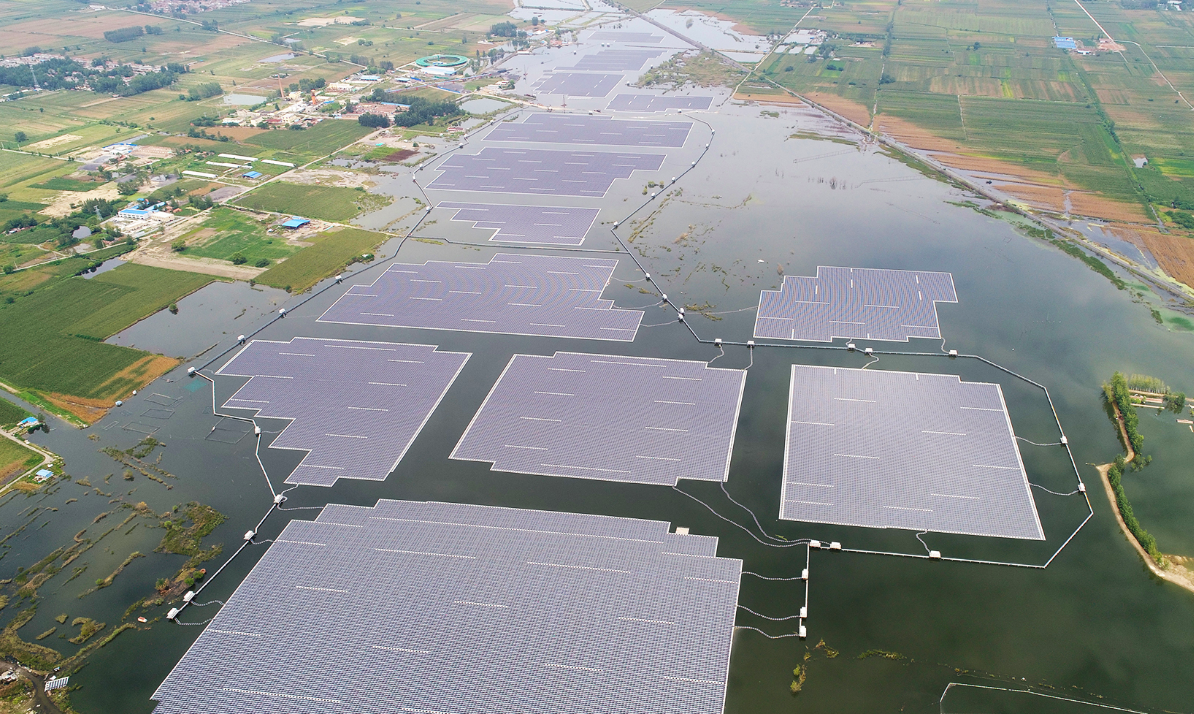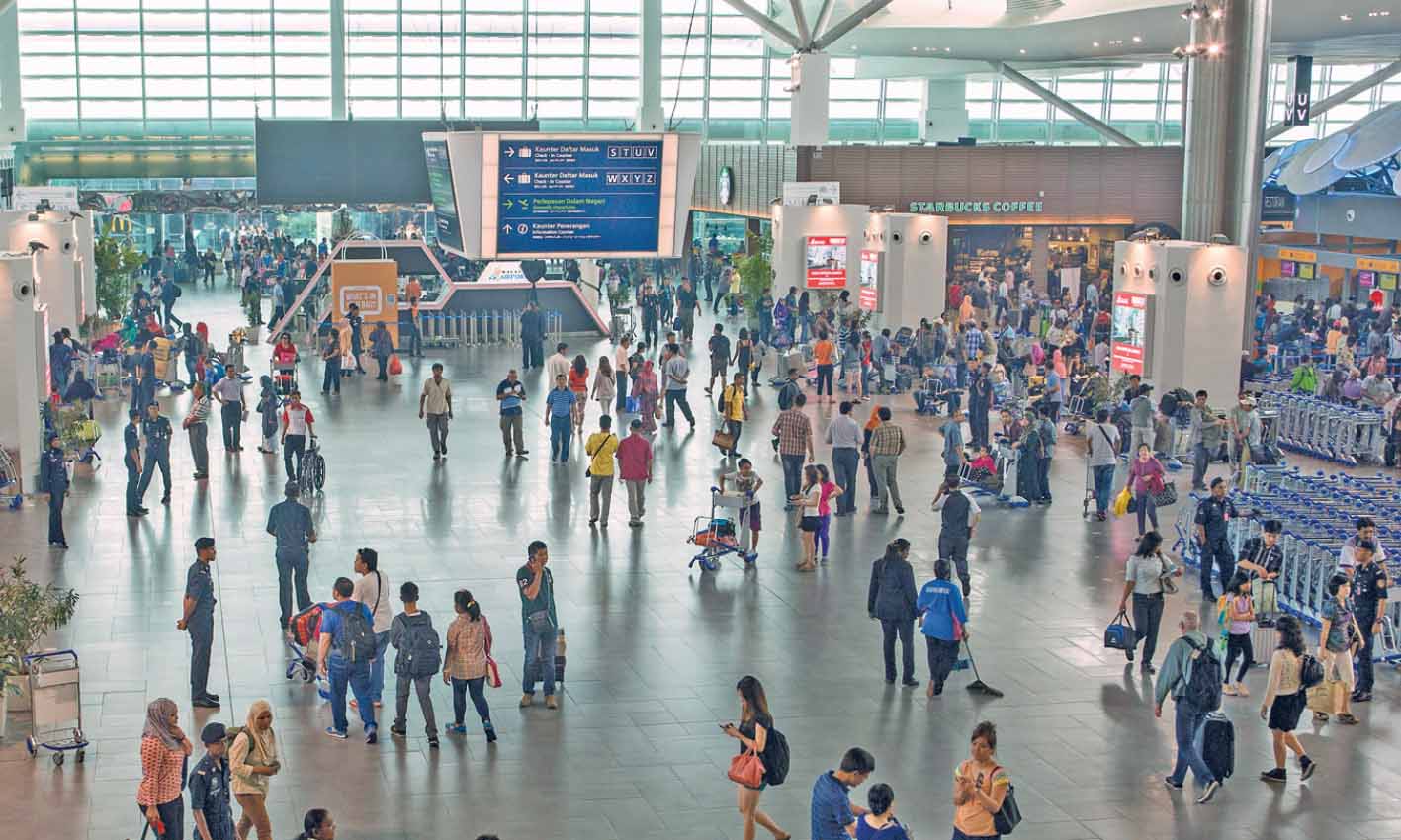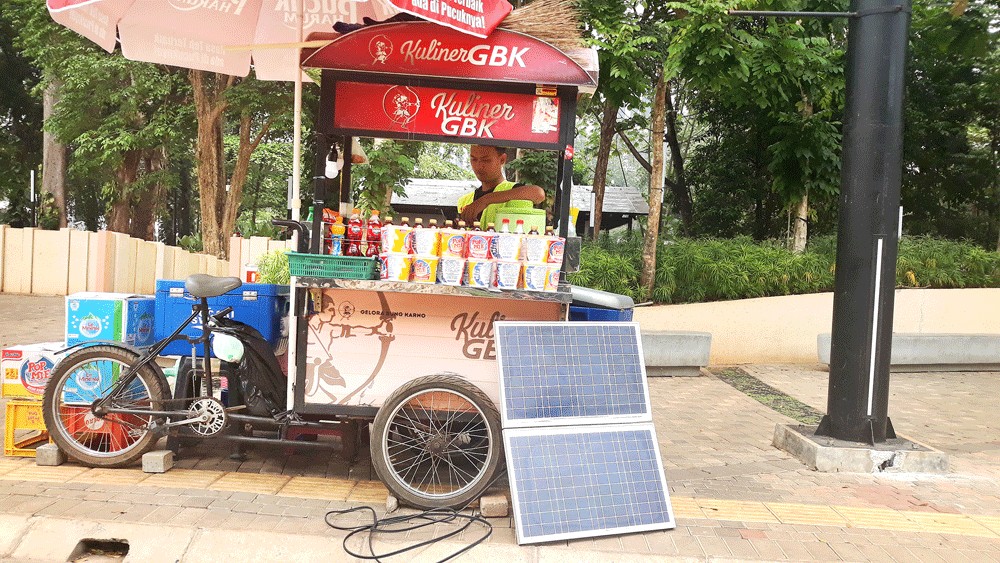Ponder upon this—if the Philippines found a climate-friendly way of generating and distributing 45,900 megawatts at a cost lower than those of renewables, coal-fired plants or natural gas-fed plants, shouldn’t the country grab this opportunity?
Or, this—if the country found another “Malampaya-like” field with no less than 182 million tons of oil equivalent of indigenously sourced energy through 2040, shouldn’t the country mine this and use it to avoid imported oil, coal and greenhouse gas (GHG) emissions?
Most economies, whether developed or emerging, have come to realize that energy efficiency (EE) should be mainstreamed as the cheapest, fastest and most untapped energy resource in any energy mix that still uses a blend of coal, natural gas, nuclear and renewable energy (RE). Many energy markets now position EE alongside RE.
EE has been labeled by the global climate community as the “first fuel” that any economy must grant “priority dispatch” to before it optimizes traditional fossil fuels and RE sources, simply because it is the least-cost option and fastest means to increase available energy capacities and abate GHG emissions.
Last June 24, the International Energy Agency (IEA) established an independent high-level global commission to examine how progress on EE can be rapidly accelerated.
Through the last decade, IEA has become more convinced that, more than any single fuel, EE has a central role to play in meeting global sustainable energy goals. IEA analyses have shown that with the right policies, the global economy could double in size by 2040 while still maintaining broadly the same level of energy use as today. Those policies alone would enable the world to achieve more than 40 percent of the emissions cuts needed to reach international climate goals using cost-effective technologies available.
When IEA launched the global commission last month, it said that if countries implement all the economically viable EE potential available today, consumers around the world could save more than half a trillion US dollars through lower energy bills by 2040, while GHG emissions, air pollution in cities and dependence on energy imports could all be reduced. But this will require firm and rapid action from governments.
Pioneers
Interestingly, the Philippines may have been one of the pioneers in Southeast Asia to enact a law on energy conservation when it passed Batas Pambansa No. 73 on June 11, 1980.
Unfortunately, BP 73 lapsed after a limited five-year enforcement, and its successor BP 872, which granted BP 73 an additional five-year effectivity, also lapsed on June 10, 1990. While all our Asean neighbors have caught up, the Philippines remained through the succeeding three decades as the only country in Southeast Asia with neither an EE law nor a broad-reaching fiscal incentive package for EE projects and activities. Filipinos have reverted to a voluntary energy conservation market, which transformed very gradually with small pockets of EE programs for appliance standards and labeling, industrial EE, energy-efficient lighting, information campaigns and government building energy management.
What the country unknowingly hungered for was a sustained market transformation toward mainstreamed EE.
To put it simply, EE is to produce more [economic] output from less input energy, while energy conservation is merely reducing energy demand, even at the expense of reduced [economic] output.
Filipinos will have to be re-educated from the pure nice-to-have “enercon” mindset to investing in and employing EE as a must-have energy resource for our country, and that while a sibling in the clean energy transition, EE is a separate, distinct energy sector than that of RE.
After 29 years of perseveringly refiling a lapsed “enercon” measure since the 8th Congress, the Philippines finally rejoined the global movement of accelerating EE markets with the passage of the Republic Act No. 11285 or the Energy Efficiency and Conservation (EE&C) Act, on April 12, 2019. The President’s approval of the bicameral-endorsed bill of the 17th Congress has finally shifted the energy-consuming market from the inertia of the 29-year voluntary market to one of policy-driven market transformation.
Legislative journey
The three-decade legislative journey has gradually morphed the enercon law of the early 1980s into the new EE&C Act in three fundamental ways: First, EE has emerged as the more prominent market intervention than energy conservation. More income-generating sectors have come to realize that improving the EE of the economy is clearly linked with the national goals of increasing productivity and competitiveness, unlike pure energy conservation which, if overdone, may start to stifle economic growth. Second, the combined “EE and conservation” program was being positioned as a national core energy policy, instead being repeatedly used as a stop-gap remedy to fill a temporary energy supply deficit, whether caused by a global tightening of the crude oil market, or a summer-time thinning out of electricity grid reserves. This mainstreaming shift was made prominent by a stream of administrative orders during the term of former President Arroyo, when DOE started to brand EE&C as “a way of life.” Lastly, and more recently, the government has started to understand that appropriate fiscal incentives would be needed to mobilize third-party capital investments, instead of counting just building owners as developers of EE improvements.
EE is valuable to any energy consumer, largely because the resultant energy savings means more cash available for other fundamental and productive needs—food, living expenses, transportation, raw materials, labor, and other costs now being threatened by self-induced and globally-driven inflation. If all sectors are able to shave off 182 million tons of oil equivalent (Mtoe) in energy savings through EE projects, purchases and investments made between 2017-2040 to meet DOE’s 10 Mtoe/year target by 2040, then these sectors would have avoided over P36 trillion in energy purchases for electricity, fuel and other conventional sources. For the country, the Philippine Energy Efficiency Alliance (PE2) estimates that meeting DOE’s EE&C roadmap targets by 2040 means that P36 trillion in avoided energy purchase can be used to fund other economic activities or basic necessities of the Filipino people.
PE2 also believes that EE can also defer by as much as 45,900 MW of power and nonpower generation, transmission and distribution capacity upgrades through the period 2017-2040. This virtual “negawatt” power generation potential of EE is more than twice than DOE’s roadmap target of 20,000 MW installed RE capacity by 2040.
Achieving DOE’s 2040 EE&C roadmap targets is likewise expected to avoid up to 1.7 billiontons of carbon dioxide in equivalent GHG emissions through the next 21 years. Preliminary estimates now show that a little over a third of the Philippines’ initially proposed nationally determined contributions by 2030 to the Paris climate agreement can be delivered by EE alone.
Aggressive EE implementation will also help the Philippines contribute positively to Asean’s 20 percent and Apec’s 45 percent energy intensity reduction targets by 2020 and 2035, respectively. Another major reason close to the heart of this administration is that economic studies have confirmed that increased EE of the economy will generate incremental GDP output and additional jobs. More relevant to DOE’s policy aspirations, EE will most certainly slow down or decelerate the steady rise in energy prices, both for electricity and imported fossil fuels such as crude oil and coal.
New law
With a new EE&C law in place, the Philippines opens a new era of transformation. A closer and permanent collaboration between government, civil society and the private sector should be forged and strengthened through time to be able to harvest this indigenous “first fuel” as part of our energy mix and policy framework with incentivized capital flows toward this new asset class and economic activity—EE—over the long haul.










